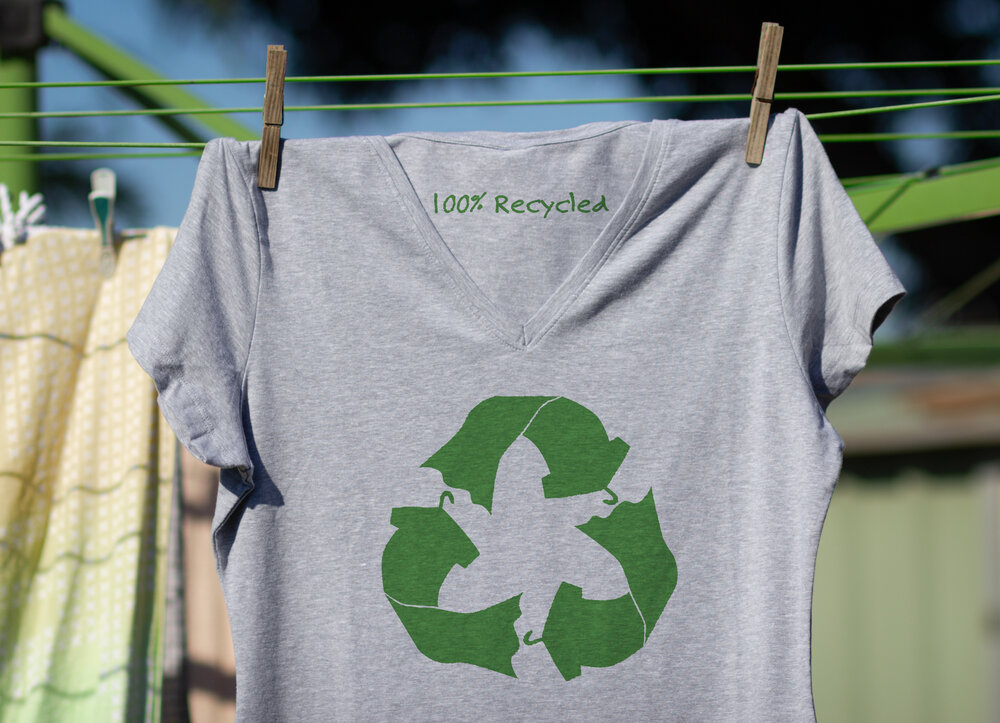Sustainable Fashion
Changing Mindsets
When one thinks about big sustainability impacts, agriculture, energy production and other brawny industries often come to mind. But the manufacture, transport and disposal of t-shirts, pajamas, blouses and other garments create a sizeable footprint too. In fact, garment production and transportation account for up to 10% of global greenhouse gas emissions, more than the […]
